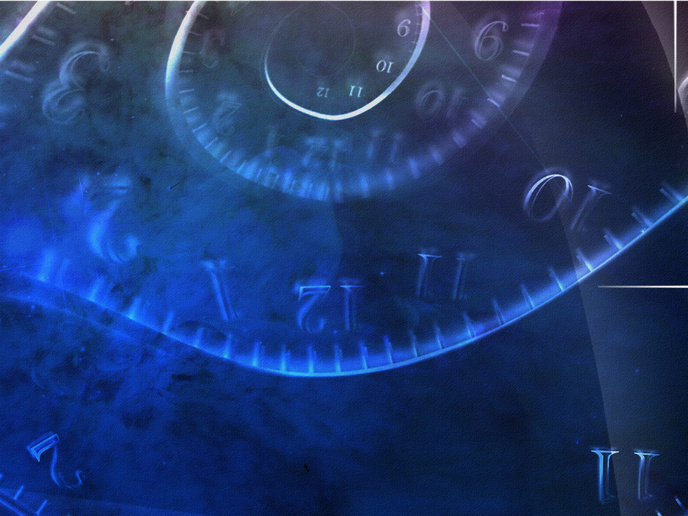The strong force and simplicity in a game of hide-and-seek
Everything we know is made of only 12 fundamental matter particles whose interactions are governed by four fundamental forces(opens in new window). The forces comprise the electromagnetic force, the gravitational force, the strong force and the weak force, all working over different distances and having different strengths. At the very short distances between subatomic particles, the weak and strong forces dominate. The strong force is critically important to our description of the quantum world as the ‘glue’ that holds the elementary constituents in an atom's nucleus together. However, its description has been challenging. The EU-funded AFFINITY project took up this challenge. With the support of the Marie Skłodowska-Curie Actions International Fellowship programme(opens in new window), fellow Lorenzo Bianchi of Queen Mary University of London(opens in new window) significantly strengthened the descriptions of strongly coupled regimes.
A tale of two couplings
Quantum field theory(opens in new window) (QFT) is the mathematical and conceptual framework for contemporary elementary particle physics. The recent discovery of a duality between two QFTs provided a bridge between strongly and weakly coupled regimes. According to Bianchi, “the so-called AdS/CFT correspondence(opens in new window), or gauge-gravity duality, implies that ordinary techniques to study gravity at weak coupling can be used to access QFT in the strongly interacting regime.” Bianchi set out to exploit this ‘tool’ with the help of form factors that describe the production or annihilation of fundamental particles. They provide the bridge between mathematical theory and observation.
Discovering hidden relationships unlocks simplification
Perturbation theory(opens in new window) plays an important role in quantum mechanics. The perturbative approach to coupling in QFT is based on the idea that it is easy to compute results at zero coupling (particle interaction or perturbation so small that it can be neglected). As coupling increases, one can compute higher-order results in the perturbation with higher and higher precision – but with increasing complexity. In the non-perturbative regime, things get trickier. Quantum chromodynamics(opens in new window) (QCD) is the QFT of strong interactions and the non perturbative regime of QCD is extremely hard to access. Hidden symmetries can be the key. “Often in particle physics, the intermediate steps of a calculation are much more complicated than the final result. Hidden symmetries provide striking simplifications, allowing us to overcome this difficulty by organising our computation in an efficient way.” AFFINITY turned to QFT sharing some properties with QCD but with enhanced symmetry to simplify our understanding of the strong force.
Disruptive results in perturbation theory
Bianchi’s first seminal paper(opens in new window) identified the presence of a hidden symmetry (called dual conformal symmetry) in the perturbative structure of form factors. The second publication(opens in new window) provided a recipe to recursively obtain higher and higher orders in the perturbative expansion of the form factor for small values of the coupling, an extremely important result both in principle and in practice. He concludes: “The simplicity of the fundamental laws of nature may well be hidden in an alternative mathematical formulation. Our goal as theoretical physicists is to find a description which makes this simplicity apparent while agreeing with the experimental evidence. Einstein famously said that God does not play dice. He might be playing hide-and-seek, though.” Bianchi is helping us find our way.




